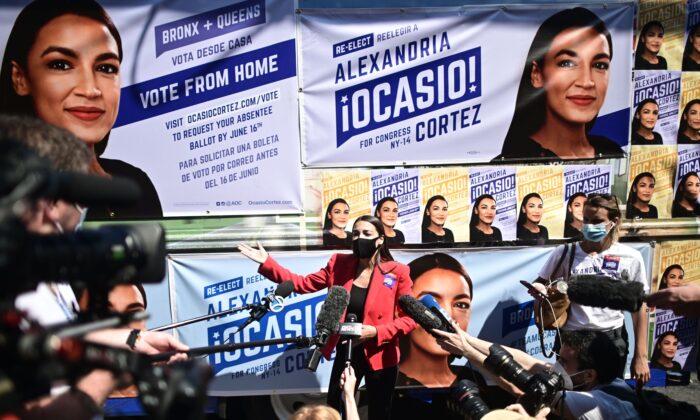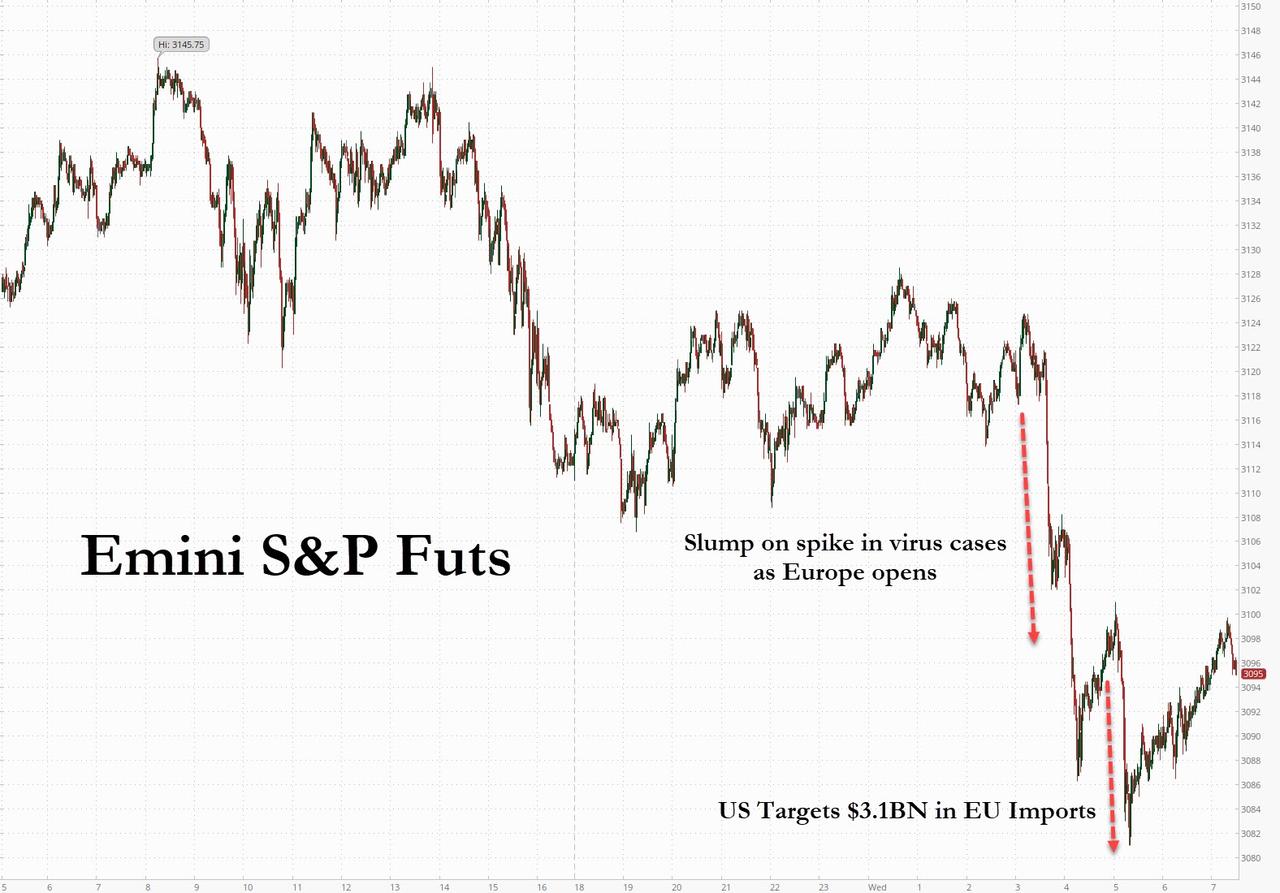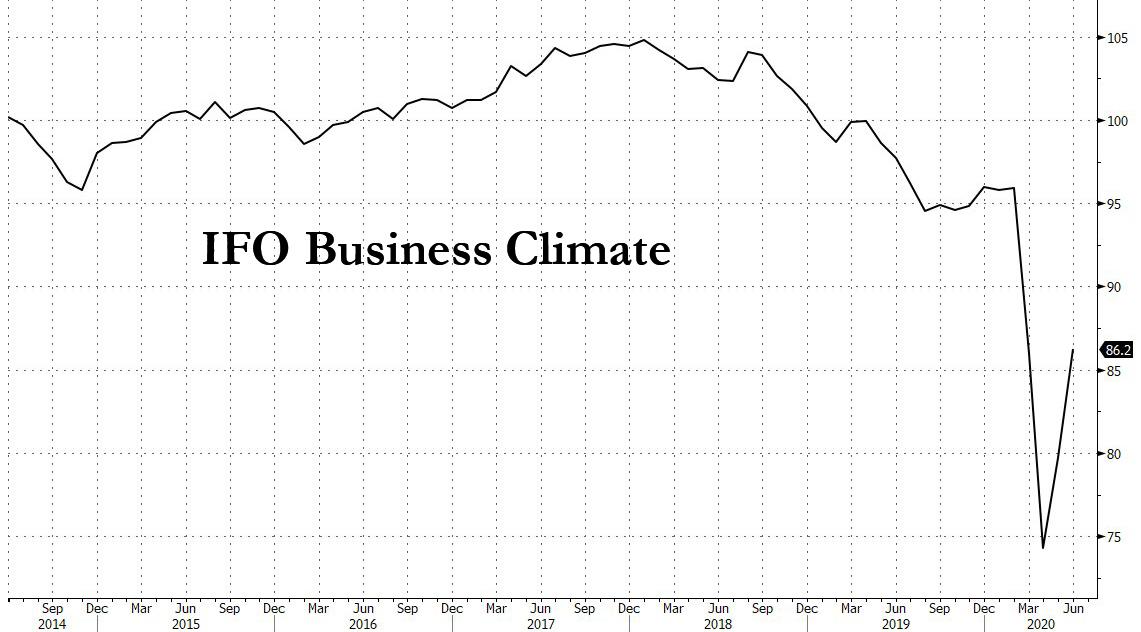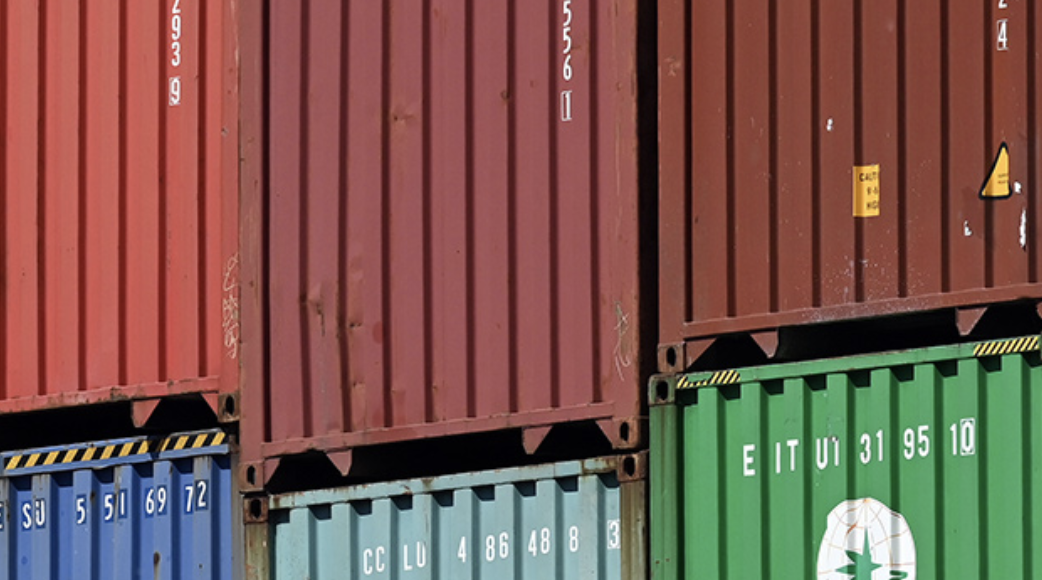The Indiana Supreme Court has handed down a decision in a compelled decryption case, Seo v. State, that creates a clear split in the lower courts on how the Fifth Amendment privilege against self-incrimination applies to compelled unlocking of a phone. The split means that there’s a chance the U.S. Supreme Court might review the decision, and they’re likely to take a case on this issue soon even if they don’t take this particular one.
This post summarizes the legal issue, explains the new decision, and then considers the chances the U.S. Supreme Court might agree to take the case if the losing party seeks further review. (It’s a long post, but I promise a fascinating federal courts problem at the end. No, really!)
I. Two Approaches to the Law of Compelled Unlocking
Imagine investigators have a search warrant to search a locked electronic device like a cell phone. They can’t unlock it, however, because they don’t know the password. The government obtains an order directing a person known to use the phone to enter in the password (without disclosing the password to the government) and hand over the unlocked device. But the recipient person refuses to comply, asserting his Fifth Amendment privilege against self-incrimination.
How should a court rule?
Under the relevant Supreme Court precedents, courts have to consider two questions. First, what is the testimonial aspect of the compelled act? In other words, what does the order try to compel the person to implicitly speak? And second, does the government already know that implied speech, or is it using the compelled act to learn it?
If the government already knows the implicit speech, the Fifth Amendment is no barrier under what is called the “foregone conclusion” doctrine. If the government is trying to compel the act to learn the implicit speech, however, the privilege applies and blocks the order.
Courts have struggled to answer how these principles apply to a compelled order to enter in a password to unlock a phone or other electronic device. Two basic views have emerged.
The first view is that the only implicit testimony is “I know the password.” If you are ordered to enter in a password, and you enter in the password that unlocks the phone, the only implied statement you have made is that you knew the password and therefore could enter it. Under this view, the government can compel an act of entering in the password, defeating the Fifth Amendment objection, when the government already knows that the person knows the password.
I have argued for this first view in a 2019 article, Compelled Decryption and the Privilege Against Self-Incrimination. This view has been adopted by a few courts, most importantly the Massachusetts Supreme Judicial Court in Commonwealth v. Jones (2019).
The second view is that unlocking the phone implies more testimony than just “I know the password.” Unlocking the phone is a gateway to a treasure of potential evidence. The ability to unlock the phone implies control of the phone, and control of the phone implies control of its contents. Under this view, the government needs more evidence to compel an act of entering in the password than merely that the person knows the password. Exactly what else the government needs to know can vary, but it might include what incriminating contents are on the phone or what the person knows about those incriminating contents.
This second view has been argued for by scholarship including Laurent Sacharoff’s article responding to me, What Am I Really Saying When I Open My Smartphone? A Response to Orin S. Kerr. This view also has been adopted by a few courts, although the most important decision, the 11th Circuit’s 2011 ruling in In re Subpoena Duces Tecum, is notably unclear about its precise reasoning.
Despite all the lower court uncertainty on how the law applies to this important fact pattern, the missing link has been a clear split among courts recognized by the U.S. Supreme Court’s Rule 10. Rule 10 is the rule on considerations about what cases to take. Under that rule, the Supreme Court reviewing cert petitions mostly looks for splits within the set of federal circuit courts and state supreme courts. We haven’t yet had a clear split for Rule 10 purposes, however, because the 11th Circuit’s ruling was too murky.
That is, until today. As of this morning, we have our split thanks to the Supreme Court of Indiana’s ruling in Seo v. State.
II. The Facts and New Ruling in Seo v. State
Katelin Seo was arrested for harassing and stalking a man we know only as “D.S.” Searching Seo upon her arrest revealed her locked iPhone 7 Plus. The government obtained a search warrant to search the phone and a second warrant ordering Seo to unlock the phone to help the government execute the first warrant. Seo asserted her Fifth Amendment privilege.
The Indiana Supreme Court sustained the assertion of privilege. In its view, the government could not force Seo to unlock her phone.
The court adopted the second view described above. According to the court, being forced to unlock a phone reveals a breadth of factual information beyond that a person knows the password:
[T]he act of production doctrine links the physical act to the documents ultimately produced. See Laurent Sacharoff, What Am I Really Saying When I Open My Smartphone? A Response to Orin S. Kerr, 97 Tex. L. Rev. Online 63, 68 (2019). And the foregone conclusion exception relies on this link by asking whether the government can show it already knows the documents exist, are in the suspect’s possession, and are authentic. Id. True, the documents’ contents are not protected by the Fifth Amendment because the government did not compel their creation. See Doe I, 465 U.S. at 611–12; Fisher, 425 U.S. at 409–10. But the specific documents “ultimately produced” implicitly communicate factual assertions solely through their production. See Hubbell, 530 U.S. at 36 & n.19, 45.
When extending these observations to the act of producing an unlocked smartphone, we draw two analogies. First, entering the password to unlock the device is analogous to the physical act of handing over documents. Sacharoff, supra, at 68. And second, the files on the smartphone are analogous to the documents ultimately produced. Id.
Thus, a suspect surrendering an unlocked smartphone implicitly communicates, at a minimum, three things: (1) the suspect knows the password; (2) the files on the device exist; and (3) the suspect possessed those files. And, unless the State can show it already knows this information, the communicative aspects of the production fall within the Fifth Amendment’s protection. Otherwise, the suspect’s compelled act will communicate to the State information it did not previously know— precisely what the privilege against self-incrimination is designed to prevent. See Couch v. United States, 409 U.S. 322, 328 (1973).
This leads us to the following inquiry: has the State shown that (1) Seo knows the password for her iPhone; (2) the files on the device exist; and (3) she possessed those files?
The state failed to meet that burden. True, the government had a search warrant based on probable cause to search the phone. That satisfied the Fourth Amendment. But the court suggests that the wish to search the phone also makes it problematic from a Fifth Amendment perspective. The government was using the search warrant to “scour the device” for evidence, and that evidence was incriminating.
Thus, the Fifth Amendment blocked the compelled unlocking:
Even if we assume the State has shown that Seo knows the password to her smartphone, the State has failed to demonstrate that any particular files on the device exist or that she possessed those files. Detective Inglis simply confirmed that he would be fishing for “incriminating evidence” from the device. He believed Seo—to carry out the alleged crimes—was using an application or internet program to disguise her phone number.
Yet, the detective’s own testimony confirms that he didn’t know which applications or files he was searching for:
“There are numerous, and there’s probably some that I’m not even aware of, numerous entities out there like Google Voice and Pinger and Text Now and Text Me, and I don’t know, I don’t have an all-encompassing list of them, however if I had the phone I could see which ones she had accessed through Google.”
In sum, law enforcement sought to compel Seo to unlock her iPhone so that it could then scour the device for incriminating information. And Seo’s act of producing her unlocked smartphone would provide the State with information that it does not already know. But, as we’ve explained above, the Fifth Amendment’s privilege against compulsory self-incrimination prohibits such a result. Indeed, to hold otherwise would sound “the death knell for a constitutional protection against compelled self-incrimination in the digital age.” Commonwealth v. Jones, 117 N.E.3d 702, 724 (Mass. 2019) (Lenk, J., concurring); see also Davis, 220 A.3d at 549 (“[T]o apply the foregone conclusion rationale in these circumstances would allow the exception to swallow the constitutional privilege.”).
The court next offered three reasons why “extending” the foregone conclusion doctrine to smartphones was “concerning.” First, phones store a tremendous amount of information:
Recall that, in Hubbell, the Government had not shown that it had any prior knowledge of either the existence or location of 13,120 pages of documents. 530 U.S. at 45. Though not an insignificant amount of information, it pales in comparison to what can be stored on today’s smartphones. Indeed, the cheapest model of last year’s top-selling smartphone, with a capacity of 64 gigabytes of data, can hold over 4,000,000 pages of documents—more than 300 times the number of pages produced in Hubbell. 5 It is no exaggeration to describe a smartphone’s passcode as “the proverbial ‘key to a man’s kingdom.'” United States v. Djibo, 151 F. Supp. 3d 297, 310 (E.D.N.Y. 2015).
Second, allowing the government to compel unlocking the phone would raise additional complicated questions once the search was underway that were avoided by not allowing the search at all:
For example, if officers searching a suspect’s smartphone encounter an application or website protected by another password, will they need a separate motion to compel the suspect to unlock that application or website? And would the foregone conclusion exception apply to that act of production as well? Suppose law enforcement opens an application or website and the password populates automatically. Can officers legally access that information? Or what if a suspect has a cloud-storage service—like iCloud or Dropbox—installed on the device, which could contain hundreds of thousands of files. Can law enforcement look at those documents, even though this windfall would be equivalent to identifying the location of a locked storage facility that officers did not already know existed? Such complexity is neither necessary nor surprising: the foregone conclusion exception is, in this context, a low-tech peg in a cutting-edge hole.
Third, it was unwise to take a broad view of the foregone conclusion doctrine in light of its uncertain basis, its uncertain future at the U.S. Supreme Court, and the effect of technological change:
Not only was the exception crafted for a vastly different context, but extending it further would mean expanding a decades-old and narrowly defined legal exception to dynamically developing technology that was in its infancy just a decade ago. And it would also result in narrowing a constitutional right.
Two Justices dissented, mostly (but not entirely) on mootness grounds. Here’s the potential problem. Seo had refused to unlock the phone, had been held in contempt, appealed, and then, while the case was on appeal, reached a deal with the government and pled guilty to the crime. Wait, the dissenters argued, isn’t the case now moot? Seo was held in civil contempt, but there is no longer a case left on which the civil contempt can relate. The court shouldn’t reach the constitutional question. (I’ll say more on this below.)
One of the two dissents, by Justice Massa, did express a view on the underlying Fifth Amendment question:
[T]his Fifth Amendment question is the closest of close calls. Courts around the country split, falling into two camps. See generally Orin S. Kerr, Compelled Decryption and the Privilege Against Self-Incrimination, 97 Tex. L. Rev. 767 (2019); Laurent Sacharoff, What Am I Really Saying When I Open My Smartphone? A Response to Orin S. Kerr, 97 Tex. L. Rev. Online 63 (2019). Reasonable minds can disagree; indeed, many have. Our Court’s decision on the merits today is thus not unreasonable, though I would come out the other way for the reasons further explained by Professor Kerr.
III. Will the U.S. Supreme Court Take the Case?
So the battle is joined. If the state seeks further review, will the U.S. Supreme Court take the case?
On one hand, we now have a clear split. The Massachusetts Supreme Judicial Court and the Indiana Supreme Court clearly and completely disagree on how the law applies. Even putting aside the 11th Circuit’s opinion, given its murkiness, we now have a very stark split. The courts disagree in a way that will be outcome determinative in many cases.
Further, this is a very important question in modern criminal investigations. Indeed, 22 states recently joined an amicus brief asking the U.S. Supreme Court to intervene and settle this area. It seems very likely that the U.S. Supreme Court will review this eventually, and the fact that we now have a clear split makes reviewing Seo a definite possibility if the state seeks review.
On the other hand, there are two issues that give me some pause.
First, is the split deep enough? The Justices like for the issues they get to “percolate,” giving lower courts a chance to take several cracks at them to really explore the different ways the law might apply before the U.S. Supreme Court steps in. It’s a way to lessen the chances of error when cases reach Washington, DC. Lower courts explore all the options so the Justices are less likely to miss something important.
Would the Justices want this issue to percolate? On one hand, they can. The same legal issue is pending before the New Jersey Supreme Court in the Andrews case (argued January 21st, 2020) and the Supreme Court of Oregon in the Pittman case (scheduled to be argued September 15th, 2020). We don’t know when those cases would come down, and especially in the COVID era cases can take a while. The Indiana Supreme Court took over a year after the oral argument to decide Seo. But other cases are coming down the pike.
On the other hand, it’s not clear to me what further percolation would add. This issue has been bouncing around for years. The decisions have explored the issue well, and the two camps of thought on it have pretty firmly emerged. There’s a lot of legal scholarship on it *cough*. And let’s face it, it’s a really cool legal issue, too. So maybe they’ll want to step in sooner rather than later.
A second issue is what to make of the mootness problem. I’m not sure, but it might get in the way of the Supreme Court’s review.
Here’s the scoop. Although the majority ruled that the case was not moot, it applied Indiana’s state mootness doctrine. State courts are not bound by the Article III limits on the power of federal courts. And it turns out that Indiana’s state mootness doctrine is less strict than federal Article III mootness doctrine.
This creates a really interesting dynamic. Although the case is not moot under state law’s standard, the dissenting Justices argue that would be moot under the federal Article III standard. If that’s right, it means that the state court used a power that federal courts don’t have to decide the case. As Justice Massa notes, the court “use[d] a federally moot case to decide an important question of federal constitutional law.”
That raises a fun law nerd question I am not quite sure how to answer: Can the U.S. Supreme Court even agree to hear this case? If a state case is moot under a federal Article III mootness standard, but the state court decides a federal issue under the more relaxed state law mootness standard, can the U.S. Supreme Court review the state court’s resolution of the federal question?
Justice Massa argues in his dissent that the U.S. Supreme Court can’t now step in, and that the inability for the Supreme Court to review the federal issue means that the state court is wrong to reach the merits:
As Justice Jackson so famously proclaimed about the U.S. Supreme Court, “[w]e are not final because we are infallible, but we are infallible only because we are final.” Brown v. Allen, 344 U.S. 443, 540 (1953) (Jackson, J., concurring) (emphasis added). “What, indeed, might then have been only prophecy”—that our Court now firmly establishes that it will reject that finality by deciding cases that can bypass the revising authority of the U.S. Supreme Court on important questions of federal constitutional law—”has now become fact.” Martin, 14 U.S. (1 Wheat.) at 348. By deciding this case, the Court’s message is crystal clear: it will anoint itself, at times, as the final adjudicator of federal law. To this, I cannot assent.,
I don’t have a view of if this is right. Maybe it just adds an interesting issue for Seo’s Brief in Opposition (or even an added Question Presented, if the Court grants). But it might give the U.S. Supreme Court pause.
This post is long enough, but here’s one last thought about the Supreme Court’s possible thinking in taking cases in this area.
In addition to the compelled-pass-word-entry cases like Seo and Jones, there are also compelled-password-disclosure cases working their way up to the Supreme Court. Indeed, one of those cases is already before the Supreme Court, Pennsylvania v. Davis. In the first kind of case, the government says, “go into a room, enter the password, and give us the phone, without telling us the password.” In the second kind of case, the government says, “tell us the password.”
Under current Fifth Amendment law, as I see it, the two kinds of cases raise different issues. The “foregone conclusion” analysis applies to compelled entry cases, as they involve acts with implied testimony. But that doctrine shouldn’t apply to compelled disclosure cases, as they involve direct testimony. So although the facts are similar, I think the legal framework is different under existing doctrine.
The fact of these two lines of cases working their way up to the Supreme Court raises the question of whether the Court should take on the two issues together. So far we have a split on the compelled entry issue but no split on the compelled disclosure issue. But there’s a ton of confusion about the two issues and how they relate to each other. And although I think they merit different treatment based on current doctrine, it’s unclear if the Court would stick with that doctrine when it reviews a compelled decryption case.
Where that leads me, at least, is to think that there’s a lot to be said for the Court deciding a compelled entry case and a compelled disclosure case together. The government usually gets orders for compelled entry because they think the Fifth Amendment standard for compelled entry is easier to meet than that for compelled disclosure. If the Court only took on a compelled entry case, where there is a clear split, you can bet that the Justices would spend a lot of time pondering how the law also applies to compelled disclosure. Given that, I think it would make probably make sense for the Court to take on both aspects of problem at once.
As always, stay tuned.

from Latest – Reason.com https://ift.tt/3evOSpx
via IFTTT







